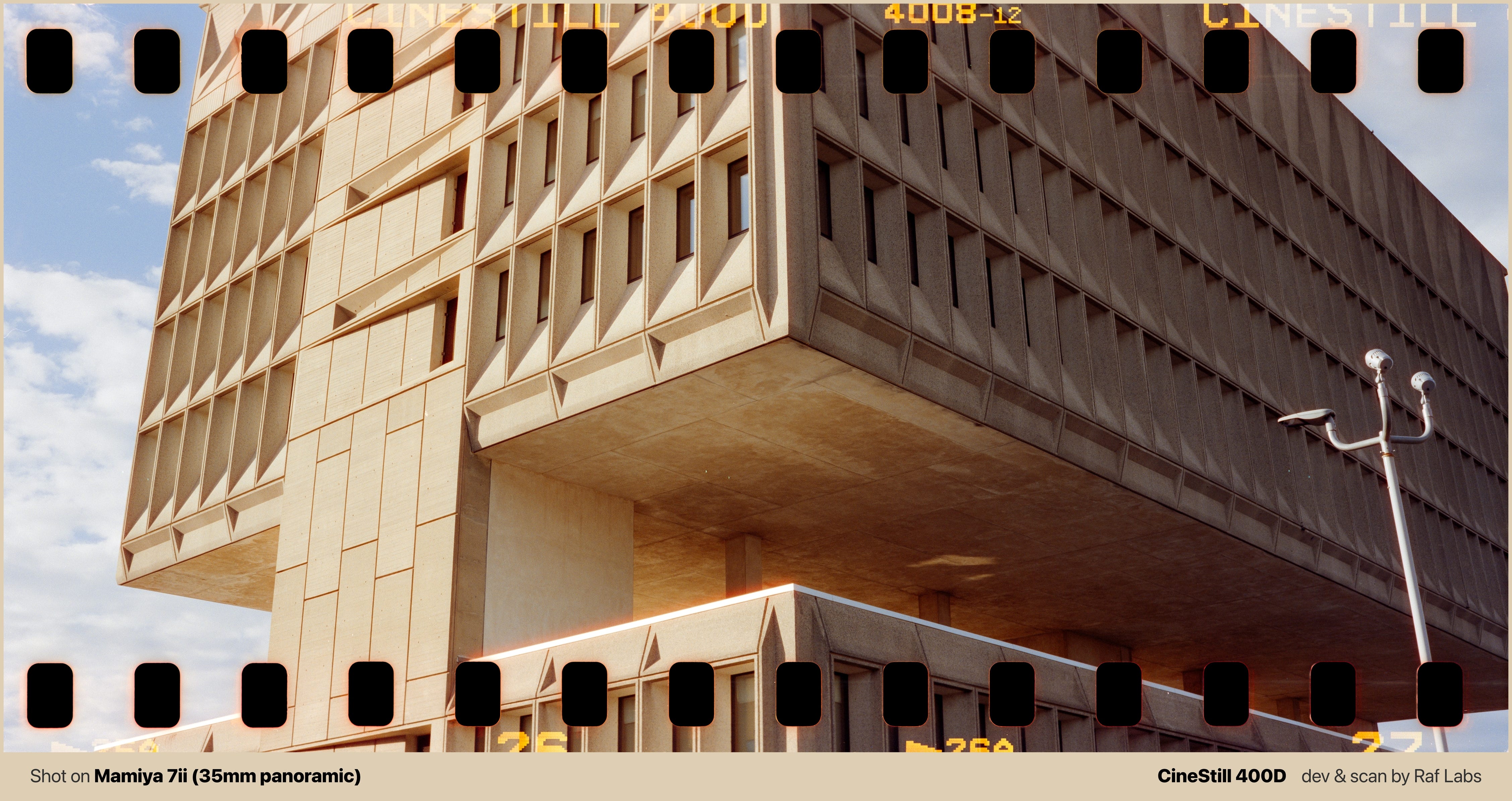Where Did Floors 2 and 3 Go?
A short open letter for architecture lovers, childhood curiosity, and the art of seeing what's missing.
We were standing in the elevator of our New Haven hotel when my 12-year-old son asked the question that would stick with me for days: "Dad, why are floors 2 and 3 missing from the buttons?"
I looked at the panel. He was right. The buttons jumped from 1 to 4, as if floors 2 and 3 had been erased from existence. When I saw that, I smirked at his comment ;)
"Think about it", I said, falling into that parental habit of turning every moment into a teaching opportunity. "Did you notice something about the building when we walked in?", I asked.
He shrugged. Nothing, nada.
That's the thing about being twelve. You're focused on the immediate things, like the lobby, the check-in process, whether the WiFi password works (along with YouTube, of course). They don't automatically catalog architectural details the way adults do. They don't instinctively map the exterior to the interior, and also don't mentally construct the building's skeleton as they move through it, at least this new generation of young boys.
From the parking lot, I immediately noticed the dramatic void cutting through the middle floors: a deliberate and incredible architectural choice that created an open atrium effect. Striking, modern, the kind of design decision that makes a building memorable. But to my son, it was just... space. Background. Unremarkable. The lack of. The substraction of space, not the addition of void.
The missing elevator buttons weren't a mystery to solve; they were simply the logical consequence of floors that don't exist to visit ¯\_(ツ)_/¯ .
This moment crystallized something I'd been thinking about lately: how differently we see the world as we age. Adults are pattern-seekers, constantly connecting dots, building mental models of how things work and why they are the way they are. Children live more in the immediate present, accepting what is without always needing to understand why.
It is important to state that neither approach is wrong. My son's question revealed something I'd taken for granted, which is the connection between a building's exterior design and its interior navigation, which isn't obvious unless you're looking for it, and brings you a smile when you realize.
And now, here I am, writing on Substack about it without the elevator buttons to complete this story. What a shame! So efficient on bragging the intelligence, and so incompetent as a photographer and visual storyteller.
The architecture photo tells half the story; those missing buttons would complete it. A reminder that the best stories often live in the small, overlooked details.
The hotel? Ah, not as important and fancy without the full story, still fascinating, though.




Good one Raf!
At least it wasn't a "Grey 17 Is Missing" situation ;)